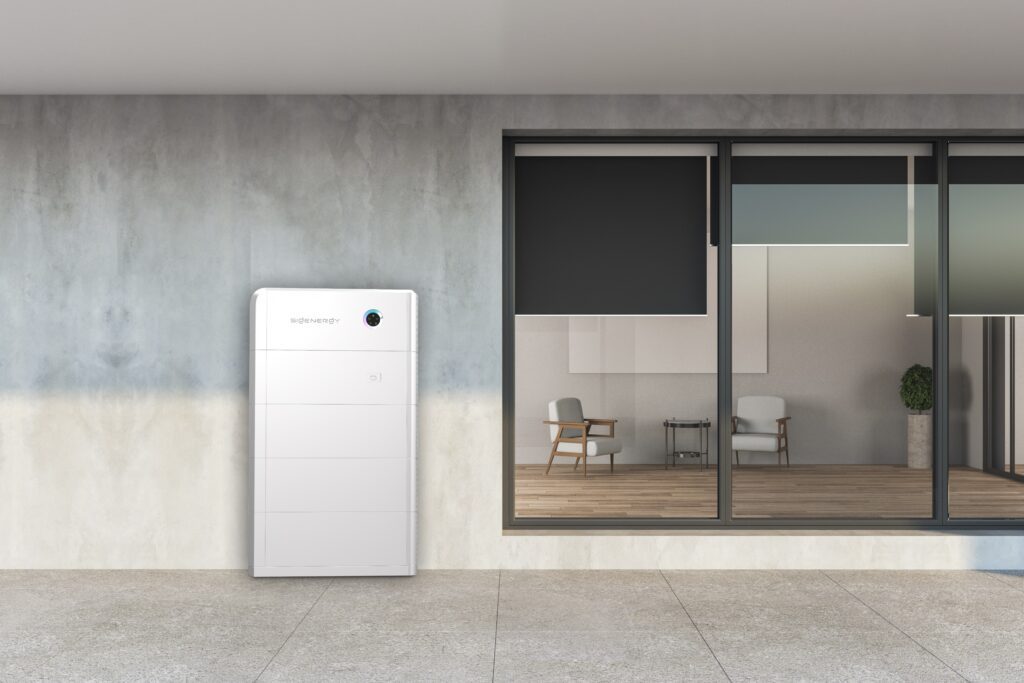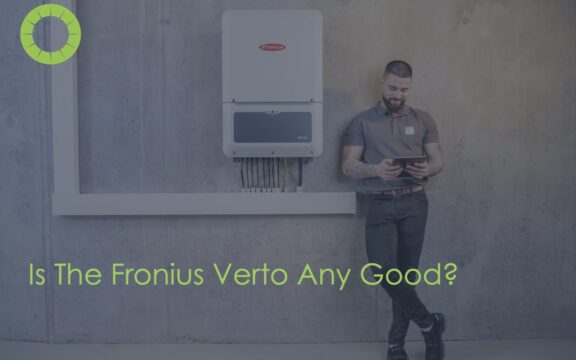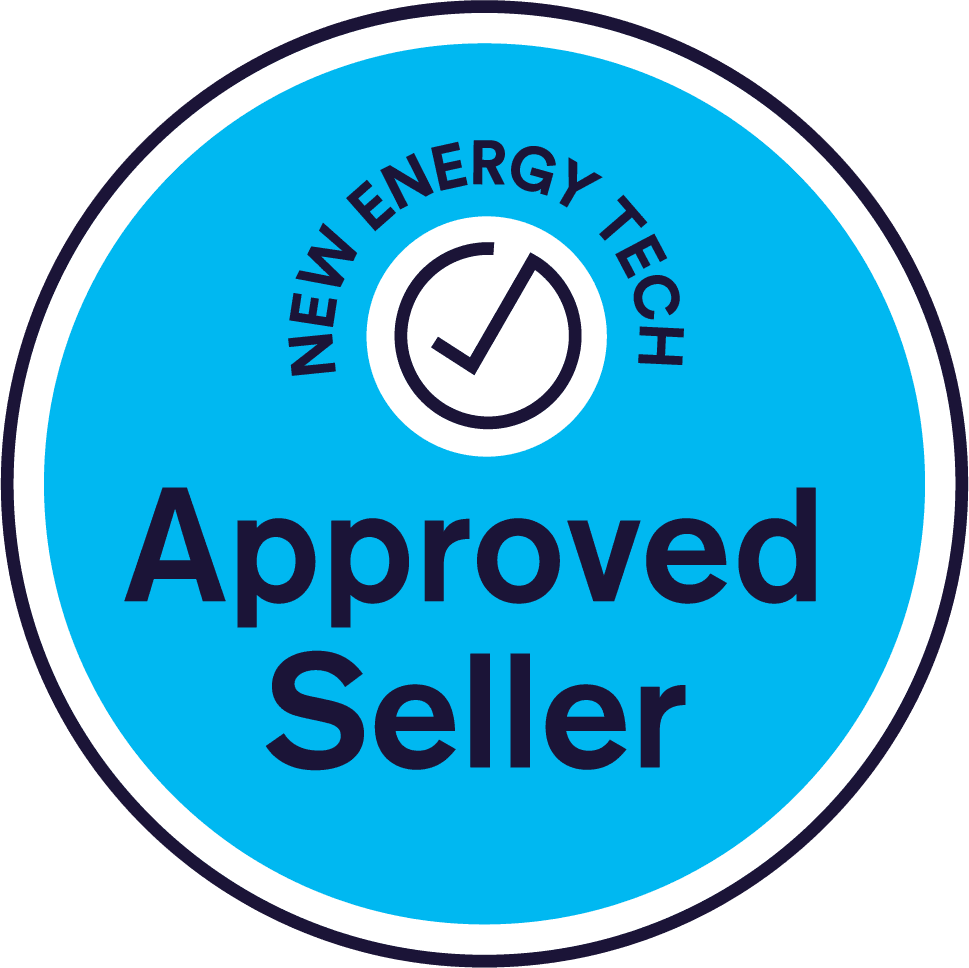Is Sigenergy Any Good? An Honest Review of This Game-Changing Battery System
If you’ve been exploring options for home energy storage, chances are you’ve come across Sigenergy. This innovative battery system has been generating serious buzz in the solar industry, with many installers calling it a game-changer. But with so many energy storage options on the market—Tesla Powerwall, BYD, and Sungrow—how does Sigenergy really stack up?
In this article, we’ll break down everything you need to know about Sigenergy. From its advanced safety features and scalability to its unique ability to integrate with electric vehicle chargers and offer off-grid capability, we’ll help you decide if this cutting-edge system is right for your home.
What Makes Sigenergy Stand Out?
1. Industry-Leading Safety Features
When it comes to home batteries, safety is critical. Sigenergy takes this seriously by incorporating multiple layers of protection. Each module in the system has seven temperature sensors and an AI-powered monitoring system that tracks conditions in real time. If the system detects abnormal heat or gas build-up, an integrated fire suppression system kicks in to prevent potential hazards.
Compared to other battery systems, Sigenergy’s safety features are market-leading. If safety is your top priority, Sigenergy is hard to beat.

2. Flexible and Scalable Design
One of the major selling points of Sigenergy is its scalability. Whether you need 16 kWh or up to 48 kWh of storage, you can customise the system to meet your energy needs. The battery modules can be either wall-mounted (for smaller setups) or floor-mounted for larger systems. You can also install multiples of the 48kWh stacks if you need even more storage.
The compact design also makes installation more convenient. For example, a typical setup with 16 kWh of storage takes up roughly the height of a standard office desk. And because it’s IP66-rated, the battery can be installed indoors or outdoors without worrying about water or dust damage.
3. Real-Time Monitoring and Visual Indicators
Sigenergy’s app allows you to track the system’s performance, monitor battery health, and even predict possible power outages. But what really sets it apart is the state-of-charge indicator built directly into the battery.
This unique feature uses external lights to show how much power is stored in the battery. For example, if the battery is 50% charged, the lights will illuminate halfway up the unit. If the battery is discharging or charging, you can track the progress visually. And if there’s ever an issue, a large red light will alert you, making it easy to know when to check the system.
4. Versatility in AC and DC Coupling
Whether you have an existing solar system or are installing a brand-new one, Sigenergy has you covered. It supports both AC and DC coupling, meaning it can integrate with an older solar inverter or be part of a new installation. It works with single-phase, three-phase, and even off-grid setups, giving you flexibility for different energy configurations.
This versatility makes Sigenergy a great choice if you want to expand your solar capacity or add battery storage to an existing system without replacing your current inverter.

Advanced Features You Won’t Find Anywhere Else
1. Blackout Protection with Instant Backup
Power outages are becoming more common in many areas, and having a reliable backup system is essential. Sigenergy offers instantaneous backup for both single-phase and three-phase homes.
Unlike some other batteries, which can leave you waiting for power to kick back on, Sigenergy’s gateway device ensures that your lights stay on without a flicker. Even better, if your battery depletes during an extended outage, Sigenergy can blackstart—recharging from solar panels even when the grid is down. This is of course assuming you have your solar panels connected directly and there is sun to charge the battery.
2. Electric Vehicle (EV) Integration
Sigenergy is the first battery system on the market to offer DC fast-charging for electric vehicles. With this feature, you can charge your EV much faster than with standard AC chargers. This makes it ideal for homeowners with large solar arrays who want to make the most of their renewable energy.
Sigenergy is also vehicle-to-home (V2H) and vehicle-to-grid (V2G) ready, meaning that in the near future, you’ll be able to use your car’s battery to power your home or sell energy back to the grid.

Is Sigenergy Any Good? Pros and Cons
Pros:
- Advanced safety features with AI monitoring and integrated fire suppression
- Scalable and flexible design—customise storage from 5 kWh to 48 kWh in one stack and add multiple stacks if required
- Real-time performance tracking with visual indicators
- Supports AC and DC coupling, making it easy to integrate into new or existing solar systems
- Blackout protection with instant backup and blackstart capability
- EV fast-charging and V2H/V2G readiness
Cons:
- Newer product—less proven in the market compared to Tesla Powerwall or BYD
- Mid-range pricing—not the cheapest option, but not the most expensive either
- May not be suitable for homeowners looking for a budget battery solution
Should You Choose Sigenergy for Your Home?
So, is Sigenergy any good? Based on the features and feedback from both installers and customers, the answer is a strong yes—especially if you’re looking for a safe, scalable, and future-proof battery system. Its combination of advanced technology, flexible design, and unique EV integration makes it a standout choice for many Australian homeowners.
However, as with any major home upgrade, it’s essential to consider your specific needs and budget. If safety, scalability, and future-proofing are high on your list, Sigenergy is worth serious consideration.
Technical Comparison: How Does Sigenergy Stack Up?
When choosing a home battery, it’s essential to understand how different systems compare in terms of technical specifications. Let’s take a closer look at how Sigenergy holds up against other leading options like Tesla Powerwall 3, BYD Battery-Box Premium, and Sungrow SBR HV.
| Feature | Sigenergy | Tesla Powerwall 3 | BYD Battery-Box Premium | Sungrow SBR/SBH HV |
|---|---|---|---|---|
| Safety Features | Advanced AI monitoring, fire suppression, 7 temperature sensors per module | Passive cooling, enhanced thermal management | High voltage design with BMS, fire safety certification | Modular design with battery management system (BMS) |
| Scalability | 5–48 kWh (modular, easily expandable) | Fixed 13.5 kWh per unit | 5.1–22.1 kWh (modular) | 9.6–40 kWh (modular) |
| Backup Power | Instantaneous single- and three-phase backup with blackstart capability | Single-phase backup | Supports single-phase and three-phase backup. Not instant | Single-phase and three-phase backup (inverter dependant) |
| AC/DC Coupling | Supports AC and DC coupling | AC and DC coupled | DC-coupled | DC-coupled |
| Outdoor Installation | IP66-rated (waterproof and dustproof) | IP67-rated (weather-resistant) | IP55-rated | IP55-rated |
| EV Integration | DC fast-charging and V2H/V2G readiness | No direct EV integration. No DC charger | No direct EV integration. No DC charger | No direct EV integration |
| Warranty | 10 years | 10 years | 10 years | 10 years |
Key Takeaways from the Technical Comparison
- Safety First: Sigenergy leads the pack with its AI-powered monitoring system and built-in fire suppression. If safety is a top priority, this system stands out.
- Scalability and Flexibility: Tesla Powerwall 3 offers a fixed capacity of 13.5 kWh per unit, while Sigenergy and BYD provide scalable options. Sigenergy’s 48 kWh maximum capacity per stack makes it ideal for larger homes with higher energy demands.
- Superior Backup Capability: Unlike Tesla Powerwall 3, which lacks blackstart capability on three phase sites, Sigenergy ensures your battery can recharge from solar even if the grid remains down—a key feature for areas prone to extended outages.
- Outdoor Durability: With its IP66 rating, Sigenergy offers the best weatherproofing, making it the most durable option for outdoor installations in Australia’s varied climate.
- Future-Proof EV Integration: Sigenergy is the only battery in this comparison to offer direct DC fast-charging and V2H/V2G readiness, making it perfect for homeowners with electric vehicles.
Cost Comparison: Is Sigenergy Worth the Investment?
When considering a home battery system, cost is always a key factor. While prices can vary based on system size, installation requirements, and additional components, here’s a general comparison of the estimated costs for Sigenergy and its top competitors.
| Battery System | Estimated Cost (Installed) | Scalability | Cost Per kWh (Installed) |
|---|---|---|---|
| Sigenergy | $10,000 – $30,000 | 5–48 kWh | $1,000 – $1,300 |
| Tesla Powerwall 3 | $17,000 – $22,000 | Fixed 13.5 kWh | $1,400 – $1,600 |
| BYD Battery-Box Premium | $12,000 – $25,000 | 5.1–22.1 kWh | $1,100 – $1,300 |
| Sungrow SBR HV | $10,000 – $35,000 | 9.6–40 kWh | $1,000 – $1,300 |
Key Considerations in Cost and Value
- Scalability and Long-Term Value: Sigenergy’s modular design allows you to start small and expand later, making it a future-proof solution. While it’s not the cheapest option, its flexibility and advanced features provide excellent long-term value.
- Tesla Powerwall 3: With a fixed capacity of 13.5 kWh, the Powerwall 3 offers a sleek design and strong performance, but it’s less cost-effective on a per-kWh basis compared to modular systems like Sigenergy or BYD.
- BYD and Sungrow: These systems are among the most affordable, especially for mid-range storage needs. However, they lack the advanced safety features and EV integration that set Sigenergy apart.
Why Sigenergy Might Be Worth the Extra Investment
While Sigenergy may not be the cheapest option, its combination of advanced safety, scalability, and future-proof EV integration makes it a strong contender for homeowners looking for more than just basic battery storage. If you plan to integrate an electric vehicle, want a modular battery, or prioritise safety and reliability, the extra investment in Sigenergy could pay off in the long run.

Get a Custom Proposal from GI Energy
If you’re interested in learning how Sigenergy can work for your home, GI Energy offers free, no-obligation proposals. Our expert team will assess your energy needs, recommend the right system size, and show you how much you can save with solar and battery storage.
Why Choose GI Energy?
At GI Energy, we’re incredibly proud to have been serving Australian homes and businesses since 2011. Over the years, we’ve helped thousands of customers reduce their energy bills and carbon footprint through innovative solar solutions. Our expertise has evolved to encompass a broad range of energy-saving strategies, catering to small, medium, and large-scale energy needs.
As one of Australia’s most trusted and longest-serving solar energy companies, our mission is to deliver the highest quality products and services. We take pride in offering accurate solar quotations and personalized solutions that meet your unique requirements. Let us help you make the switch to solar energy with confidence.
Final Thoughts on Sigenergy
So, is Sigenergy any good? Absolutely—especially for homeowners seeking a battery system that’s safe, scalable, and packed with innovative features. While it may cost a little more than some competitors, its advanced safety technology, future-proof EV integration, and superior backup capabilities make it a smart long-term investment. Whether you’re looking for reliable backup power, better energy independence, or the ability to maximize your solar system’s potential, Sigenergy is well worth considering.
Some other links you may find useful:
Understanding your usage – the kWh, consumption, and monitoring














